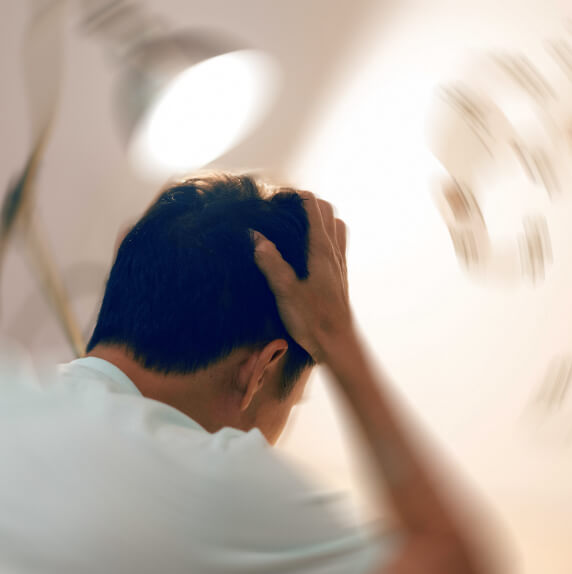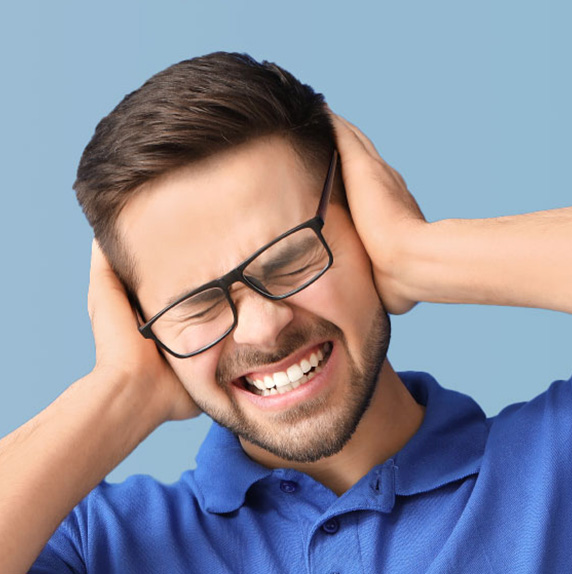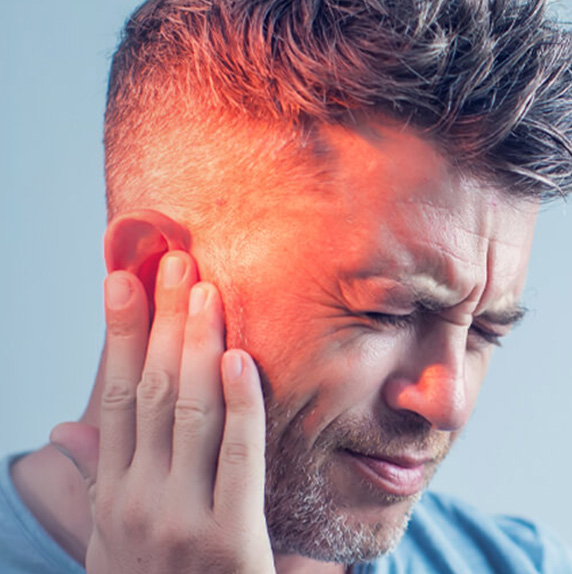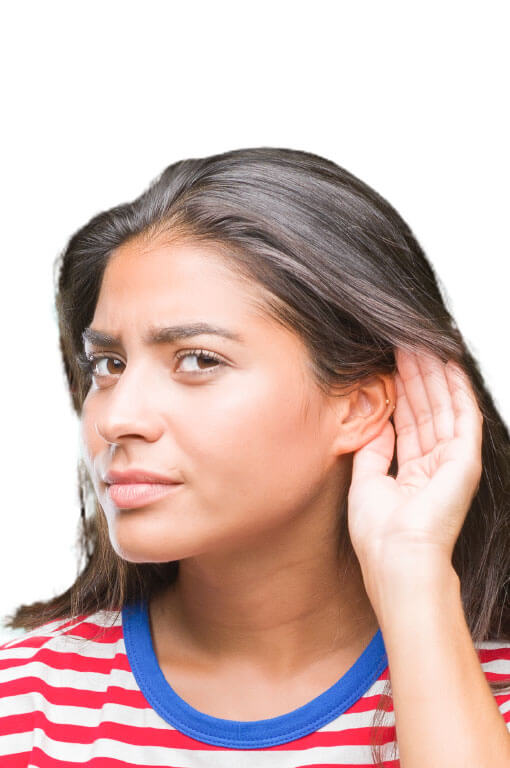
Smart hearing aids from hear.com - world's leading hearing care provider
Menière's disease
Symptoms, causes & treatment
Menière’s disease is a mainly unilateral disease of the cochleovestibular organ of the inner ear. It is characterized by sudden vertigo with vomiting, a ringing in the ear and a temporary hearing loss. The symptoms appear like attacks and improve or disappear after a few hours. These seizure symptoms occur very irregularly, but especially in stressful situations.
Below you will find important information about Menière’s disease. We will inform you about the causes and development of Menière’s syndrome, explain the symptoms and present the possibility of therapy. If you have any questions, we are of course available.
Table of Contents
- What is Meniere’s Disease?
- Meniere’s Disease development
- Meniere’s Disease symptoms
- Meniere’s Disease diagnosis
- Therapy for Meniere’s Disease
- Meniere’s Disease prognosis
- Meniere’s Disease and hearing aids
Menière's syndrome and its causes
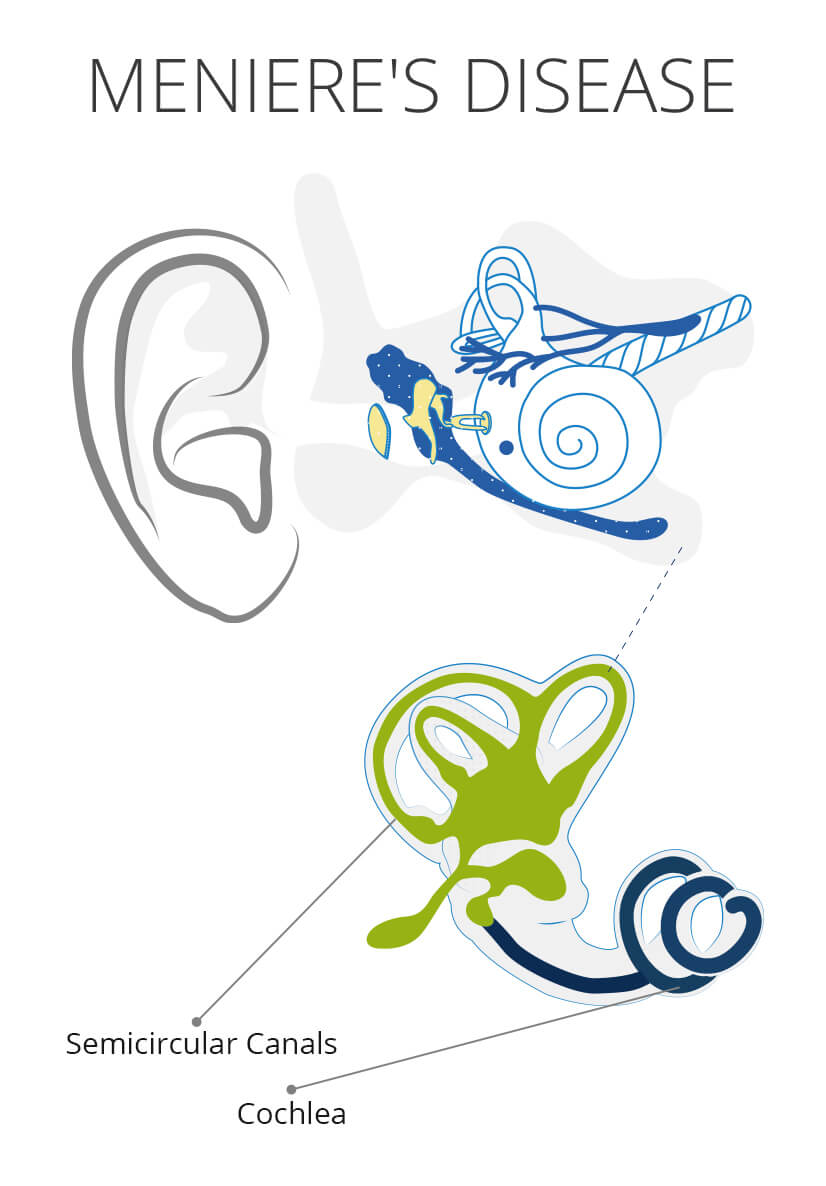
Menière’s disease is diagnosed in around 5-10% of patients with vertigo. It occurs most frequently in patients between the ages of 30 and 50, and women are affected slightly more often than men.
The cause of Menière’s disease has not yet been identified. It is speculated that heredity plays a role or even previous traumatic inner ear damage could play a role.
Do hearing aids help with Meniere's disease?
Advantages of hearing aids
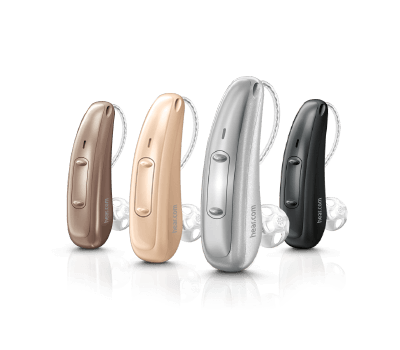
- Hearing impairment caused by Menière’s disease is significantly improved with the help of hearing aids.
- Easier hearing and understanding of fellow human beings and one’s environment.
- Active participation in one’s environment is made easier through improved hearing.
- Acoustic and social isolation is prevented.
Emergence
The cause of the disease is “endolymphatic hydrops”. To better understand this, we need to look closely at the structure of the human hearing or the inner ear. The inner ear basically consists of two units. On the one hand from the organ of equilibrium (vestibular organ) and on the other hand from the cochlea. We will also look at the structure of the cochlea, as it is affected in Menière’s disease. The cochlea contains an outer bony labyrinth in which the inner membranous labyrinth is embedded.
The membranous labyrinth consists of three “chambers” from top to bottom: the Scala vestibuli, the Scala media and the Scala tympani below. The scala vestibuli and the scala media are separated from each other by the so-called Reissner membrane and the so-called basilar membrane lies between the scala tympani and the scala media. The basilar membrane is part of the organ of Corti and on it sit the hair cells of different sizes (sensory cells), which are responsible for the actual hearing process.
The scala tympani and scala vestibuli are filled with a liquid called a perilymph. The scala media is filled with potassium-rich endolymphs. Now back to the endolymphatic hydrops. This is an overproduction of the endolymph, which leads to a widening of the scala media. The result is a displacement of the basilar membrane. This in turn has a very unfavorable effect on the hair cells that sit on the basilar membrane. The consequences are hearing loss and noises in the ears (tinnitus). The endolymphatic hydrops and the associated widening of the scala media can also cause a rupture of the Reissner membrane, which lies between the scala media and the scala tympani.
The endolymph from the scala media and the perilymph from the scala vestibuli now mix. This can then cause dizziness attacks. You can find out more about the inner ear in our article: The inner ear: structure and function.
Menière's disease: symptoms
The three typical symptoms of Menière’s disease are varying degrees of hearing loss, tinnitus, and dizziness that lasts about three hours. Doctors also speak of a so-called symptom triad. Before and during the “seizure”, the severity of the hearing loss and tinnitus can change.
Usually the hearing gets worse and the noise in the ear gets louder. Balance problems usually persist longer after the attack, until they finally recede
Diagnosis
If the typical symptoms of Menière’s disease are present, this is usually sufficient to be able to confirm the diagnosis.
- The inner ear hearing loss mainly affects tones of low and medium frequencies, whereby this hearing loss disappears again especially at the beginning after the attack. This hearing loss can be diagnosed very well with a tone audiogram.
- If the disease has progressed further, the organ of equilibrium (vestibular organ) becomes under-excitable.
Therapy of Menière's disease
When treating Menière’s disease, there are basically two approaches to treating the symptoms. On the one hand during or shortly after an attack and on the other hand as a prevention of further attacks. Depending on how Ménière’s disease progresses, the attending physician decides which therapy is used.
There are multiple options to treat Menière’s disease. These include seizure therapy, interval therapy and surgery. You will also find information on preventing Menière’s disease here.
Therapy approach to seizure therapy
This treatment only tries to combat the symptoms, but not the cause itself. Doctors also speak of so-called symptomatic therapy. Typical symptoms of Menière’s disease are tinnitus, hearing loss and dizziness. In an acute attack situation, no therapeutic measures are taken against tinnitus and hearing loss, especially since these symptoms usually regress completely, at least at the beginning of the disease. The attacks of dizziness are treated with medication with an antivertiginous (against dizziness) or an antiemetic (against nausea). The drug of choice here is dimenhydrinate, which has an inhibitory effect on the H1 receptors in the vomiting center of the central nervous system and can thus alleviate nausea and dizziness. Bed rest is also recommended.
Prophylaxis of further seizures
To prevent a Menière’s disease attack, psychological stressful situations should be avoided as much as possible. It is also important for the family doctor to set the blood pressure correctly so that a drop in blood pressure (hypotension) is avoided. Treatment of the cervical spine may also be useful.
Interval therapy
Interval therapy is the treatment that takes place between the individual attacks.
The drug of choice here is betahistine. This is an antiallergic drug that is also effective against dizziness. It is still uncertain whether betahistine really has a positive effect on Menière’s disease, but it is still used regularly in treatment.
Operative treatment measures
If Menière’s disease can no longer be controlled by drug therapy or prophylactic behavior, only surgical therapy remains.
- On one hand, a transection of the equilibrium nerve (vestibular nerve) comes into play. Doctors call this a vestibular neurotomy.
- On the other hand, the labyrinth can be removed, a so-called labyrinthectomy. With this method, the organ of equilibrium and the hearing organ are removed and the patient is deaf after the operation.
Intratympanic gentamicin installation is a less invasive method of “switching off” the labyrinth. Gentamicin has a toxic effect on the inner ear or the labyrinth and destroys it when it comes into contact with the labyrinth. .
Prognosis
How Menière’s disease will progress in detail cannot be precisely predicted. In most cases, however, the disease is chronic. There may be a few days between attacks, or months or even years. Dizziness usually decreases as the disease progresses, with the hearing loss progressing and leading to numbness.
Menière's disease and hearing aids
Hearing impairment associated with Menière’s disease can lead not only to acoustic but also to social isolation. Hearing aids are designed to help prevent this. The fluctuating hearing ability in the course of the disease requires regular regulation of the hearing aid – it is nevertheless recommended that patients do not forego this important communication aid.


